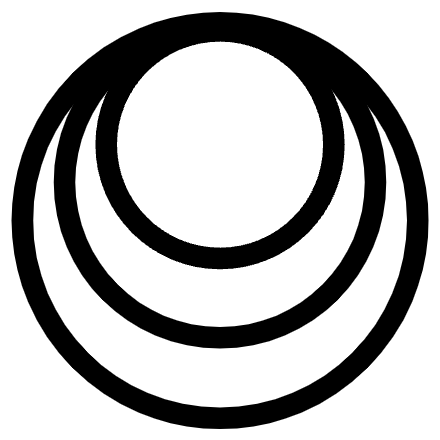The biggest challenge in overcoming the distortional influence of the second place is to recognize it. A lifetime of exposure to the inessential creates familiarity, which hides the distortion. I can expose and overcome it by rediscovering and anchoring to the essential.
The foundational conflict I must confront and resolve before I can begin my healing is revealed by two contradictory beliefs I hold:
- I believe that I know everything.
- I believe that I do not know everything. I am only a small, temporary observer of a vast universe populated by billions of other people who all know many things that I do not.
How can both of these statements be true? How can I know everything, if I can readily see that I do not? The difference between these two beliefs is a matter of conviction. Conviction is the degree of truth I invest into something.
If I believe both of these statements to be true, then my focus is diffused, and the contradiction will result in pain. It is an uncomfortable state and I will seek resolution. If all of my conviction is concentrated in one or the other, I will move firmly in that direction.
To resolve the conflict, I must start at the beginning, with what I actually know. And by that, I mean what I directly experience myself. This process reveals two very different types of knowledge: that which I can both directly and instantly experience; and, that which I can neither directly nor instantly experience.
The ascentist understanding of existence is built on the ideas, beliefs, and knowledge of the second variety. As an ascentist, my worldview is built on knowledge I will never directly experience, and could never validate. For example, when I think of myself sleeping as an ascentist, I might imagine a third-person perspective of my sleeping body in my house, in my town, in my state, in my country, on the earth, in the galaxy, in the universe. That is all imagined, of course and I have no way to directly experience or validate it. But I believe it is the truth, all the same.
As a descentist, I imagine sleeping quite differently. I imagine the experience I actually have; of the second place slowly disappearing until I am in the first place. I do not imagine a video camera in my bedroom capturing my sleeping body, because it does not exist. I imagine the scenario from my first person perspective.
I can extrapolate from this example the difference between what is, and what is imagined. And in turn, I can begin to see the outlines of the distortion of the second place. I can see how everything I thought I knew is of a very different quality from the what I actually do know. This is the distortion.
Before I dive into the ramifications of this shift, it is useful to imagine how this distortion came to be.
Upon my first awakening into the second place, I clearly understood the difference between the first and second places; I knew I wanted to be in the first place, and I did not want to awaken into the second place.
Though awakenings were never comfortable experiences, after repetition the differences between the two places blurred and I slowly resigned myself to the second place. I learned how to pacify myself, and my awakenings became one long suppression of the pain of existing and a continuous search for pacification. I slowly forgot the difference between the two places, and with “education”, the first place merely became a subordinate state of the second place.
By the time I was an independent adult, I knew that I enjoyed the act of sleeping, but had no concept of it as a distinct place or self. I considered the outer world of objects, people, and sensations to be the “real world”, and my inner world to be a subjective reflection of it.
It was only after exhaustive contemplation, driven by a persistent belief that I could know the truth, that I finally began to remember what I had once known so clearly: that I wanted to be in the first place, and not in the second place. The key to rediscovering this understanding is to tear away the veil of familiarity that obscures the significance and nature of the two places.
The path to tearing away that veil is self-evident, but takes some contemplation to understand and appreciate. I found that the key was in the different types of “knowing”. One type of knowing led me toward a true understanding, and another led me away, keeping me ignorantly moving around in circles.
- Direct – That which I can directly experience and validate instantly from my own point-of-view.
- Indirect – That which I cannot know directly, and cannot validate myself instantly.
…
Notes
“Sleep” is the act of returning to the essential, the first place, or my first self as defined by ascentism.
So-called “anti-social” and “criminal” acts are a response to coercive awakenings into the second place.
Hypothetical validation, such as the body of science, is built on the idea that I can replicate and then validate a finding if I had all the equipment, education, and procedures. Hypothetical validation is not direct, first-hand, or essential.
